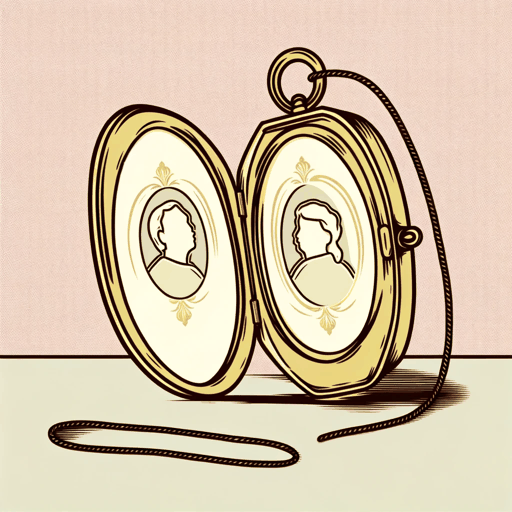58 pages • 1 hour read
Julia QuinnThe Duke and I
Fiction | Novel | Adult | Published in 2000A modern alternative to SparkNotes and CliffsNotes, SuperSummary offers high-quality Study Guides with detailed chapter summaries and analysis of major themes, characters, and more.
Background
Critical Context
Though explicit sex is not a requirement of the romance genre—a happy relationship is sufficient—the depictions of sex and sexuality in romance novels are often the subject of literary and social criticism. After the Bridgerton series aired on Netflix in 2020, critics commented on both the casting choices—a Regency world that explicitly included Black people in the nobility—and their implications, given the moment in the text where Daphne pursues sex with Simon knowing he is drunk. Vox’s Aja Romano finds that the scene has a particularly painful subtext given that Daphne is portrayed by a white actress, Phoebe Dynevor, and Rege-Jean Page, who portrays Simon, is Black (Romano, Aja. “Bridgerton Has a Rape Scene, But It’s Not Treated Like One.” vox.com. 26 Dec. 2020). This position acknowledges recent cultural reckonings with consent and assault, but also because much of white supremacy has involved white people weaponizing anxieties about Black sexuality to harm both Black men and Black women. Romano notes that Daphne, too, goes into her marriage without full consent, but the show, like Quinn’s text, seems to suggest that her suffering is greater.
In recent years, cultural critics have closely investigated the role of dubious consent and forced sex in historical fiction, especially historical romance, and how this functions as an argument about gender, power, and identity, and Romano cites their work in her review of the Bridgerton adaptation.
Featured Collections
Class
View Collection
Class
View Collection
Historical Fiction
View Collection
Marriage
View Collection
Pride & Shame
View Collection
Romance
View Collection
Sexual Harassment & Violence
View Collection
Summer Reading
View Collection
Trust & Doubt
View Collection
Valentine's Day Reads: The Theme of Love
View Collection


